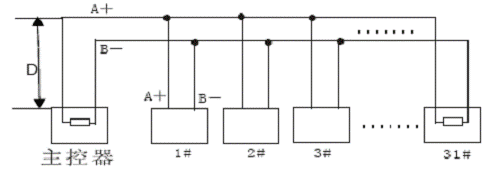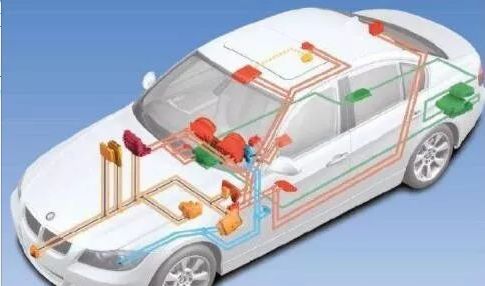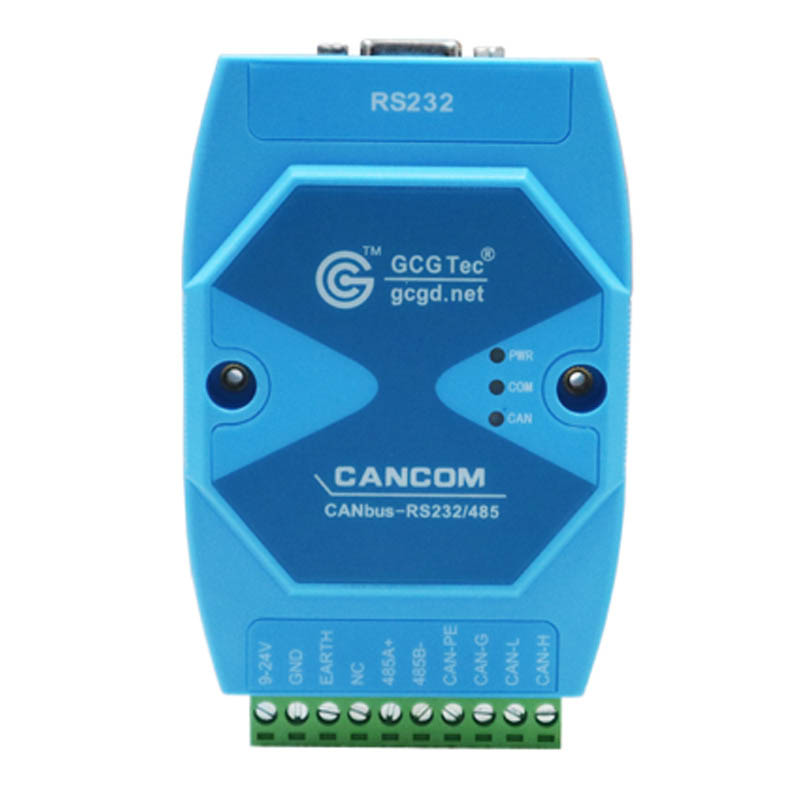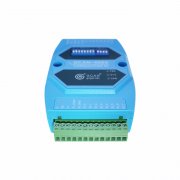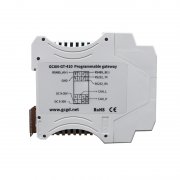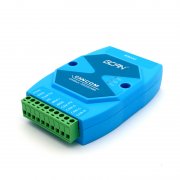Comparison of CAN and RS485 Fieldbus
RS485
If you want a CAN and RS485 converter, Click here
First of all, let's talk about the RS485 bus system. Its maximum communication transmission distance can reach 1200 meters, and the maximum transmission rate is 10Mbps. However, the transmission rate is inversely proportional to the transmission distance. When the maximum communication distance is reached, the data transmission rate inside it will be Will drop to 100Kbps, if you want to transfer data over longer distances, you must use RS485 repeater. The RS485 bus generally supports up to 32 node devices, but theoretically it can reach up to 400.
CAN bus
RS485 also has obvious disadvantages: first, its signal line cannot be routed together with the strong power supply line. If it is done in practice, it will be interfered by the strong electromagnetic signal, which will make the signal unstable. Communication is not smooth. At the same time, the RS485 bus must be grounded, and it is grounded at a single point. It cannot be grounded at multiple points because it is grounded because the voltage on the ground line is kept consistent to prevent common mode interference. If multiple points are grounded, it is counterproductive. When grounding reliably, the ground wire of the entire RS485 line must have good contact, so as to ensure the voltage is consistent, because in actual construction, for the convenience of wiring, the line is cut into multiple sections and then connected, but the shielded wire is not well connected. The ground wire is divided into multiple sections, and the voltage cannot be consistent, resulting in common mode interference.
After talking about the advantages and disadvantages of RS485, let's talk about the CAN bus: the conventional transmission distance of the CAN bus is farther, theoretically it can reach 10 km, which is unmatched by the RS485 bus. At the transmission rate, the maximum transmission rate of the CAN bus is 1 Mbps, which is quite different from the 10 Mbps of the RS485 bus. On the number of nodes, the conventional maximum node access number of RS485 is 32, and the CAN bus is 110. Both parties can increase the access amount through other external devices, but the CAN bus is slightly dominant. The structure of the CAN bus is simpler, saves the cost of use, and is more cost-effective than RS485. The RS485 bus is immune to noise, which is not available on the CAN bus. A single node error of the CAN bus does not affect the entire bus system, and has an automatic filter fault function. This RS485 bus does not. So in general, CAN and RS485 systems have their own advantages, can not simply replace one with another, users should choose according to their actual needs.
http://www1.gcanbox.com/fsd/canzxwg/GCAN-207.html
If you want to get more datasheet or want to get a CAN and RS485 converter. Fell free to contact us.
Email/Skype: seven.gcan@gmail.com
Tel: +86 17742765166


